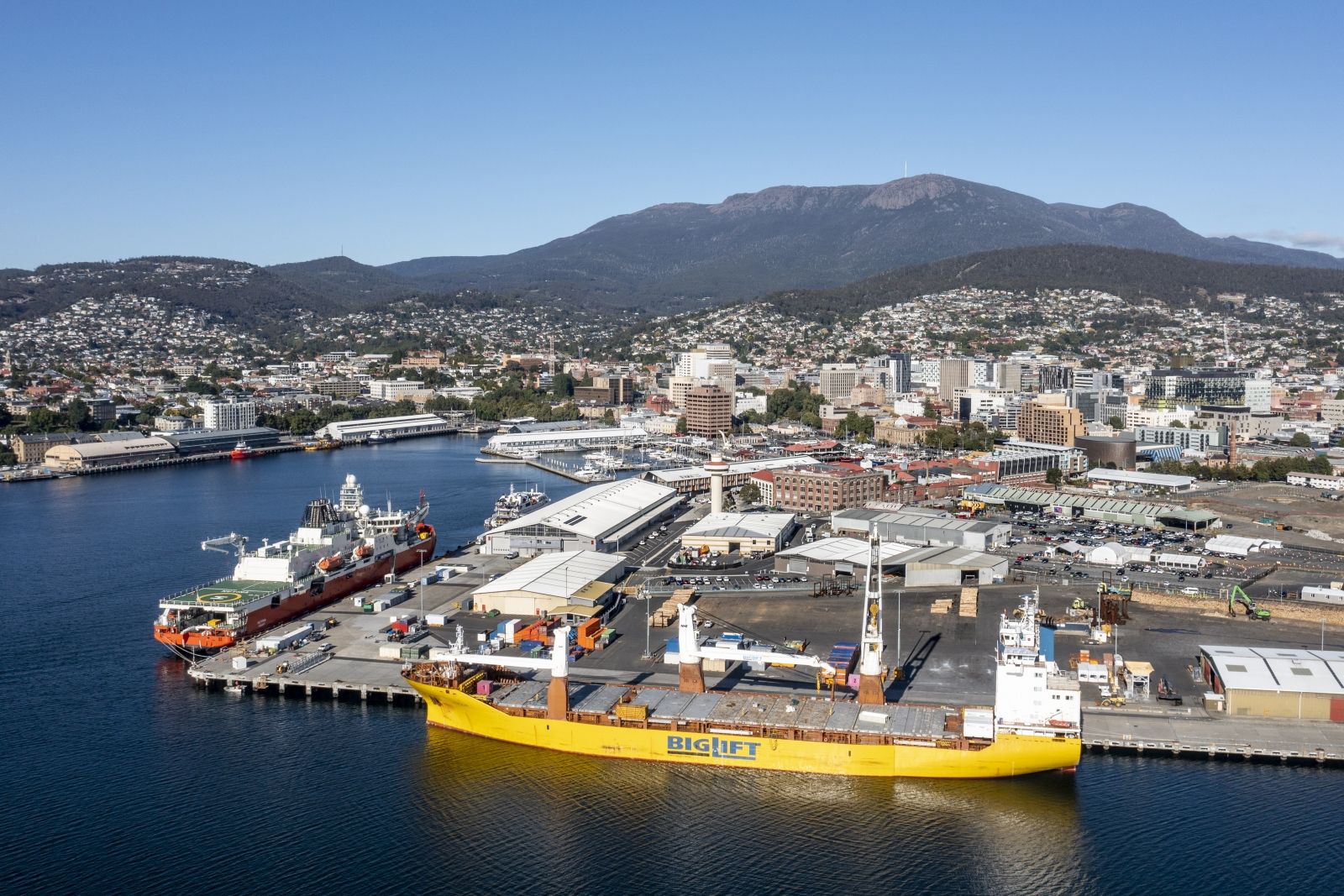Economic impact
Antarctic and Southern Ocean research requires investment in complicated and expensive logistical support. In addition to research and icebreaking vessels, specially equipped aircraft and landing facilities, permanent bases housing expeditioners and scientific facilities support the Antarctic effort. Antarctica is an expensive business. Resupplying bases (including fuel, food, medical supplies, communications, scientific and heavy equipment) is probably the single-most complex and expensive function an Antarctic program undertakes each year.
The Antarctic and Southern Ocean sector contributes more than $204 million each year to the Tasmanian economy according to a report released in November 2025. Since the last review into the value of the sector (2021-22), annual economic benefits of Antarctic-related operations in Tasmania have increased by over $7 million.
The sector, which provides research, training, and support services to the Australian Antarctic program and other Antarctic programs from around the world, now employs more than 1100 people in Tasmania. This constitutes a steady rise in employment created by the sector, growing from 671 employed in 2011-12.
Antarctic and Southern Ocean expeditioner and conference delegate expenditure also contributes to the Tasmanian economy. Conference delegates stayed a total of 5,803 conference related days in Tasmania, spending $3.31 million. Antarctic expeditioners stayed approximately 16,000 nights in Tasmania and accounted for $6.56 million in expenditure.
Planned investment and development means Tasmania’s Antarctic sector is likely to see more growth in the future.
View the Report into the Contribution of the Antarctic and Southern Ocean Sector to the Tasmanian Economy 2023-24 (PDF 173.6 KB)
